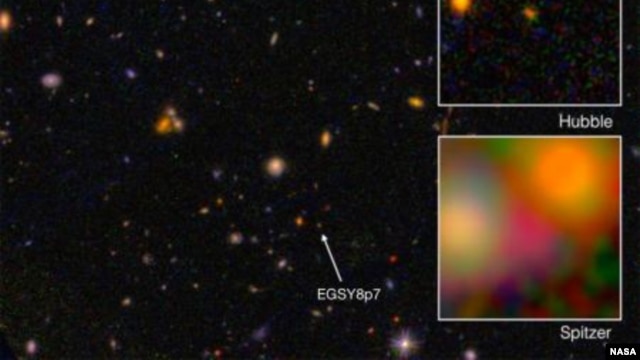Delta4Embassy
Gold Member
The corrugated galaxy Milky Way may be much larger than previously estimated

"The Milky Way galaxy is at least 50 percent larger than is commonly estimated, according to new findings that reveal that the galactic disk is contoured into several concentric ripples. The research, conducted by an international team led by Rensselaer Polytechnic Institute Professor Heidi Jo Newberg, revisits astronomical data from the Sloan Digital Sky Survey which, in 2002, established the presence of a bulging ring of stars beyond the known plane of the Milky Way.
"In essence, what we found is that the disk of the Milky Way isn't just a disk of stars in a flat plane—it's corrugated," said Heidi Newberg, professor of physics, applied physics, and astronomy in the Rensselaer School of Science. "As it radiates outward from the sun, we see at least four ripples in the disk of the Milky Way. While we can only look at part of the galaxy with this data, we assume that this pattern is going to be found throughout the disk."
Importantly, the findings show that the features previously identified as rings are actually part of the galactic disk, extending the known width of the Milky Way from 100,000 light years across to 150,000 light years, said Yan Xu, a scientist at the National Astronomical Observatories of China (which is part of the Chinese Academy of Science in Beijing), former visiting scientist at Rensselaer, and lead author of the paper."

"The Milky Way galaxy is at least 50 percent larger than is commonly estimated, according to new findings that reveal that the galactic disk is contoured into several concentric ripples. The research, conducted by an international team led by Rensselaer Polytechnic Institute Professor Heidi Jo Newberg, revisits astronomical data from the Sloan Digital Sky Survey which, in 2002, established the presence of a bulging ring of stars beyond the known plane of the Milky Way.
"In essence, what we found is that the disk of the Milky Way isn't just a disk of stars in a flat plane—it's corrugated," said Heidi Newberg, professor of physics, applied physics, and astronomy in the Rensselaer School of Science. "As it radiates outward from the sun, we see at least four ripples in the disk of the Milky Way. While we can only look at part of the galaxy with this data, we assume that this pattern is going to be found throughout the disk."
Importantly, the findings show that the features previously identified as rings are actually part of the galactic disk, extending the known width of the Milky Way from 100,000 light years across to 150,000 light years, said Yan Xu, a scientist at the National Astronomical Observatories of China (which is part of the Chinese Academy of Science in Beijing), former visiting scientist at Rensselaer, and lead author of the paper."


